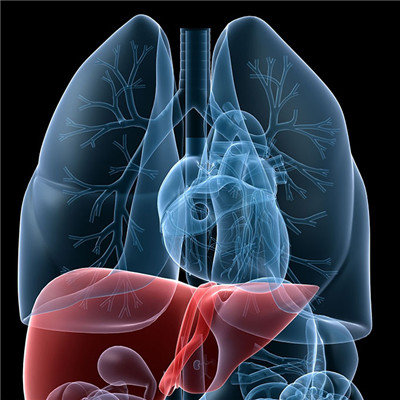Symptoms and hazards of thalassemia?
summary
Thalassemia is a group of hereditary hemolytic anemia. The common feature is that one or more of globin peptide chains in hemoglobin are reduced or unable to be synthesized due to the defect of globin gene. The biggest harm of thalassemia comes from anemia. Long term anemia can lead to organ dysfunction and osteoporosis. If you have symptoms of thalassemia
Symptoms and hazards of thalassemia?
Severe type: anemia, hepatosplenomegaly, progressive aggravation, jaundice, and dysplasia occur within a few days after birth. Its special manifestations include: large head, widened eye distance, saddle nose, forehead protrusion, and cheek protrusion. Its typical manifestation is buttock shaped head, and long bone can be fractured. The common complications were acute pericarditis and secondary hemochromatosis.

Intermediate type: mild to moderate anemia, most patients can survive to adulthood. The harm of thalassemia is that long-term anemia will lead to heart failure, hepatosplenomegaly and other complications, which will affect the future growth and development.

Mild: mild anemia or asymptomatic, generally found in the investigation of family history. Mild thalassemia does not need special treatment. But daily care is very important. The key to this disease is maintenance. We should pay attention to rest and nutrition, and properly supplement folic acid and vitamin E.

matters needing attention
Thalassemia patients only need to have a balanced diet, do not need to eat the so-called "blood" food. Some foods with high iron content, such as liver, beef steaks, spinach and apples, should be moderate but not excessive. In addition, we should keep the right amount of exercise.












